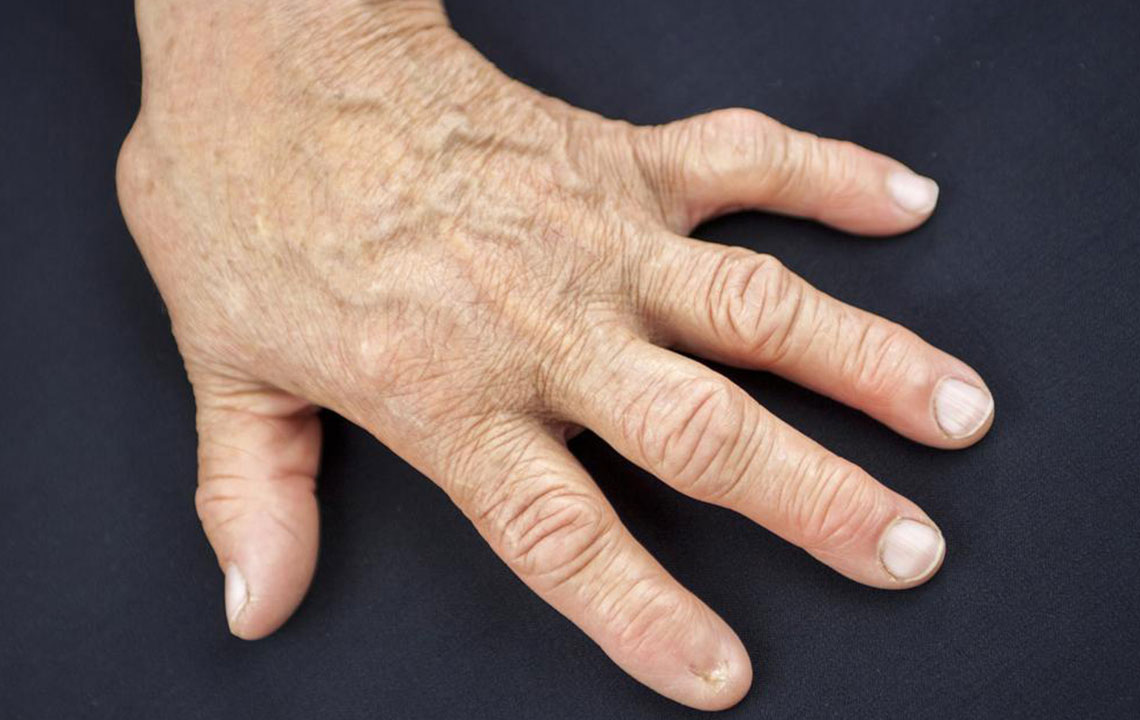Signs of Rheumatoid Arthritis You Should Look out For

Rheumatoid arthritis is a growing chronic disease that causes inflammation in the joints and results in painful disfigurement and immobility. It especially affects fingers, wrists, feet, and ankles. In some cases, rheumatoid arthritis also affects skin, eyes, lungs, heart, blood, and nerves.
The early signs of rheumatoid arthritis range from above-mentioned physical symptoms that are joint deteriorating to less obvious symptoms that might mimic other illness.
These factors make rheumatoid arthritis difficult to diagnose in early stages:
Symptoms of rheumatoid arthritis are a result of the autoimmune disorder, which causes inflammation of joints. Following are the early signs of rheumatoid arthritis that you should look for, to avoid further complications:
- Joint swelling
It is caused by inflammation of the joint capsule. The swelling can range from limited to very noticeable. This symptom reduces the mobility and range of motion. If affecting hands, it makes it difficult for them to perform even minimalistic of tasks, removing and putting on rings being one of them. - Joint pain and tenderness
This early sign of rheumatoid arthritis is felt during when the degenerative condition is most active. The inflammation causes the joint irritation which causes pain. Even when the degenerative condition is not active, the pain due to this symptom might still be present due to past damage that has been done to the joint. - Loss of range of motion
Because the joints tend to become stiff due to rheumatoid arthritis, they lose range of motion. The stiffness mostly occurs in the morning and if the condition is chronic, this early sign of rheumatoid arthritis can proceed to cause stiffness throughout the day as well. In some cases, loss in the range of motion can be permanent. - Redness and warmth of joints
Swollen joints produce an isolated area of redness on the skin. It happens because this early sign of rheumatoid arthritis widens skin’s capillaries due to inflammation of joint capsule. Even if there is no redness near the inflamed joints, it is possible to feel the warmth on the joint. - Joint deformity
This happens in case of severe damage to the joint capsule’s cartilage and bones. This is a result of chronic rheumatoid arthritis that has gone undetected and untreated.The above-mentioned early signs of rheumatoid arthritis are the ones that are experienced physically and are directly associated with the joints. These early signs of rheumatoid arthritis are common to feel and can be experienced on a case-by-case basis. These symptoms might not always occur all at once.
Apart from these early signs of rheumatoid arthritis, there are others that can be mistaken for other conditions. Some of them are listed below:
- The early signs of rheumatoid arthritis can be felt in multiple areas. Polyarthritis is a type of arthritis that occurs in more than four different joints of the body.
- The symmetrical symptoms mean that if the pain is felt on the left side of the body, they will also be felt at the same position on the right side. Each person experiences this kind of pain at a different level on either side of the body at varying times of the day.
- With early symptoms, some various warning signs should be considered. Sports injuries that don’t heal properly, ongoing numbness and tingling in hands, pain in the heel and the bottom of the foot, involuntarily locked joints that are unable to bend, fatigue, depression, and feeling of ill health are some symptoms that might last for weeks or months.
- Beyond the typical symptoms, there are advanced progressive symptoms of rheumatoid arthritis that include chronic fatigue, loss of appetite, and even low-grade fever. These advanced signs of rheumatoid arthritis develop nodules, which are firm lumps that develop under the skin near the affected joints.
- Some rheumatoid arthritis sufferers will begin to develop a limp to avoid putting pressure on sore joints.
Flare-ups are increased sensitivity due to inflammation, which is followed by remission. These flare-ups can vary in time for each person.
There can be less obvious and indefinite signs of rheumatoid arthritis alongside the physical symptoms. In early stages of rheumatoid arthritis, the patient might suffer fibromyalgia-like symptoms. A point to remember here is rheumatoid arthritis causes inflammation, fibromyalgia does not.
Some mistakable signs of rheumatoid arthritis are Sjogren’s syndrome. Sjogren’s syndrome is an autoimmune disorder. It causes eye dryness, pain, and sensitivity to light. Sometimes, even impaired vision. Sjogren’s syndrome also causes mouth dryness and gum infections.
Some people who have rheumatoid arthritis have also experienced lung inflammation, which causes shortness of breath. It also causes blood vessel inflammation, that can cause nerve and organ damage, including the skin.
Rheumatoid arthritis has also been reported to lower red blood cells count, making the person anemic.
There is a high possibility that the above-mentioned symptoms could be a result of a different kind of disease. This makes it more important to be aware of rheumatoid arthritis and get yourself checked for all its potential symptoms to ensure proper diagnosis.